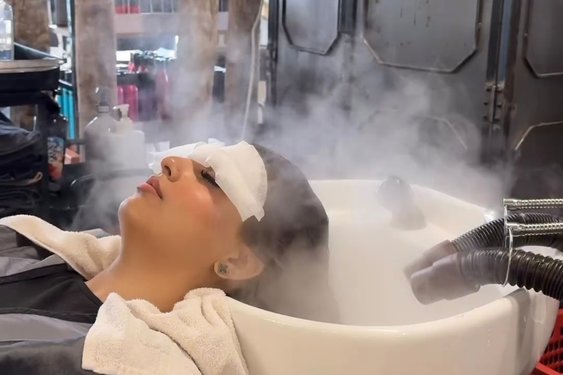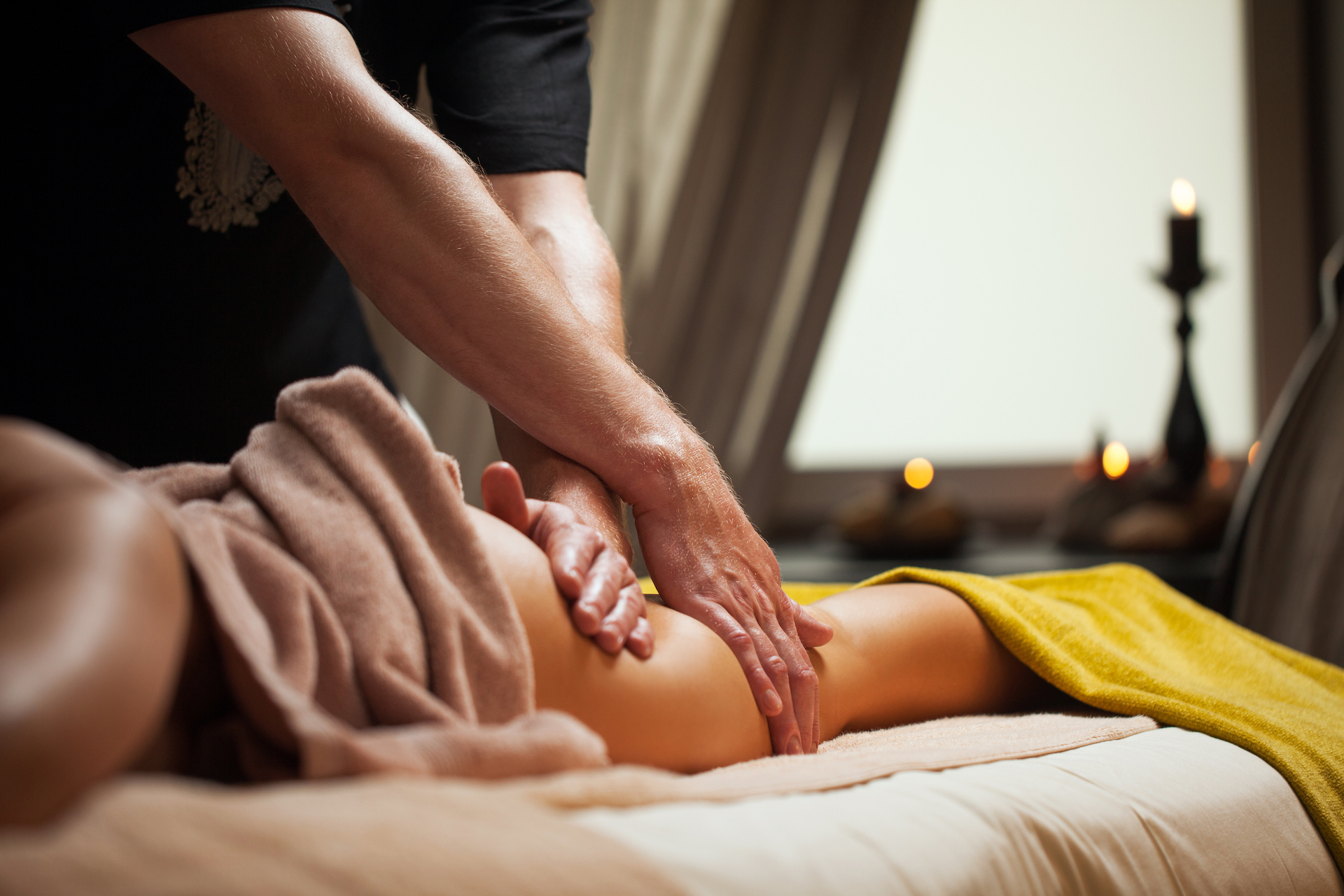Malaysia is home to a diverse and vibrant wellness culture, where traditional and modern massage techniques blend seamlessly to provide relaxation and therapeutic benefits. The country’s rich history, influenced by Malay, Chinese, and Indian traditions, has contributed to a wide array of massage styles that cater to different needs. Whether it’s for stress relief, pain management, or simply a luxurious pampering session, massages in Malaysia offer something for everyone. Many spas and wellness centers across the country specialize in treatments that use natural ingredients, such as herbal oils and aromatic spices, to enhance the experience. From bustling cities like Kuala Lumpur to serene island resorts in Langkawi, visitors can find massage services that suit their preferences and budget. With wellness tourism on the rise, Malaysia continues to attract those seeking rejuvenation through the art of touch.
One of the most cherished forms of massage in Malaysia is the traditional Malay massage, which has been practiced for centuries. This deep-tissue therapy focuses on improving blood circulation, relieving muscle tension, and promoting overall wellness. Skilled therapists use long, rhythmic strokes combined with kneading techniques to release stress and improve flexibility. Herbal oils infused with ingredients like ginger, lemongrass, and coconut are commonly used to enhance the massage’s effectiveness. In addition to relaxation, this massage is often sought after for its healing properties, particularly for new mothers who undergo postnatal massages to help their bodies recover after childbirth. It is not uncommon for Malay massage to be accompanied by urut, a specialized massage technique that targets specific pressure points to restore energy balance. The holistic approach of Malay massage makes it a popular choice among both locals and tourists looking for a deep, restorative experience.
Chinese Tui Na massage is another well-known therapy available in Malaysia, rooted in traditional Chinese medicine. Unlike other massage styles that focus solely on relaxation, Tui Na aims to balance the body’s energy, or “qi,” through acupressure and meridian stimulation. Practitioners use their fingers, palms, and elbows to apply precise pressure to specific points, helping to alleviate pain and restore the body’s natural flow of energy. Many people turn to Tui Na for relief from chronic pain, muscle stiffness, and joint issues. Some treatments also incorporate cupping therapy, where heated glass cups create suction on the skin to stimulate circulation and remove toxins. While this type of massage can be more intense than conventional spa treatments, its effectiveness in promoting physical healing has made it a sought-after therapy. Many wellness centers in Malaysia offer Tui Na as part of their services, providing an alternative approach to pain management and relaxation.

In addition to Malay and Chinese massage traditions, b2b ipoh massage is widely practiced in Malaysia, particularly in Indian wellness centers. Ayurveda, an ancient system of healing from India, emphasizes balancing the body’s energies through massage, herbal oils, and holistic treatments. Ayurvedic massage involves slow, rhythmic strokes combined with warm herbal oils to detoxify the body and calm the mind. The massage technique is customized based on an individual’s dosha, or body type, ensuring a personalized experience that aligns with their physical and emotional well-being. One of the most unique Ayurvedic treatments is Shirodhara, where warm oil is poured gently over the forehead to induce deep relaxation and mental clarity. Many wellness retreats in Malaysia offer full Ayurvedic therapy sessions, attracting individuals looking for a more spiritual and restorative approach to wellness. The integration of Ayurveda into Malaysia’s massage culture further highlights the country’s diversity in holistic healing practices.
Modern spas and luxury wellness centers in Malaysia have taken these traditional techniques and refined them to meet the demands of global travelers. High-end resorts and hotels in destinations like Penang, Langkawi, and Kuala Lumpur offer specialized massages that combine traditional elements with modern innovations. Aromatherapy massages, for instance, use essential oils derived from local herbs to create a soothing sensory experience, while hot stone therapy utilizes warm volcanic stones to ease muscle tension. Many luxury spas provide signature treatments that blend various massage styles, allowing guests to enjoy a holistic wellness journey. Additionally, reflexology, a therapy that focuses on stimulating pressure points in the feet, is widely available in shopping malls and wellness centers across the country. The fusion of traditional and contemporary methods has transformed Malaysia into a premier destination for those seeking world-class massage therapies.
Massages in Malaysia are more than just a means of relaxation; they are a reflection of the country’s deep-rooted healing traditions. Whether indulging in a traditional Malay massage, experiencing the therapeutic benefits of Tui Na, or embracing the holistic approach of Ayurveda, each treatment offers a unique journey into wellness. The combination of skilled therapists, natural ingredients, and centuries-old techniques ensures that every massage session provides more than just physical relief—it also nurtures the mind and soul. With the growing popularity of wellness tourism, Malaysia continues to establish itself as a hub for rejuvenation and holistic healing. For anyone seeking a tranquil escape from the stresses of daily life, experiencing a massage in Malaysia is an unforgettable and revitalizing experience.

Leave a Reply